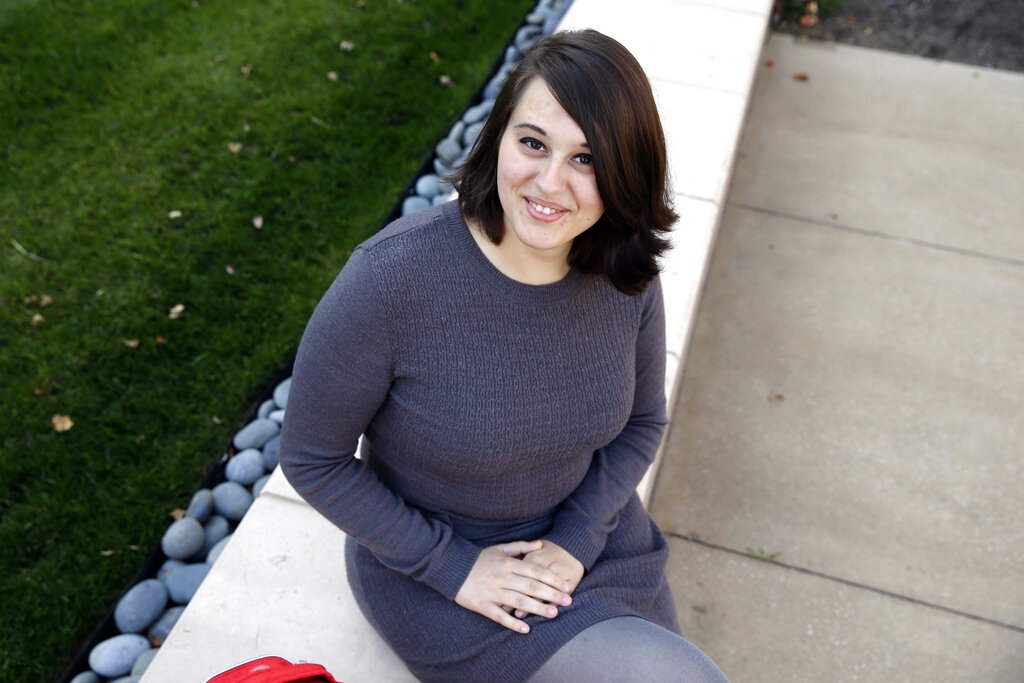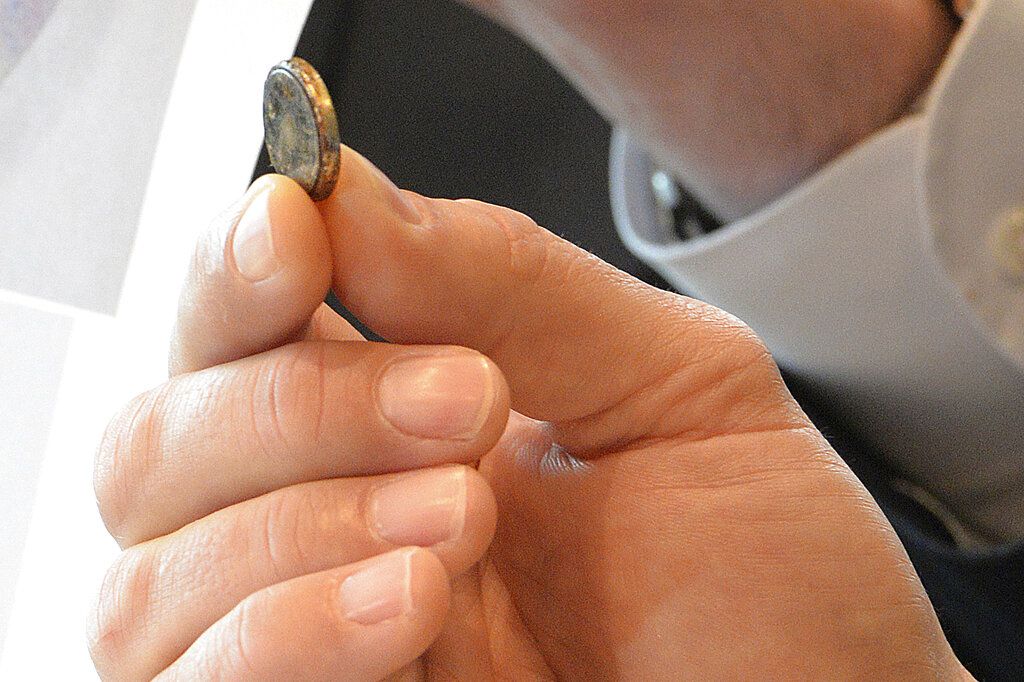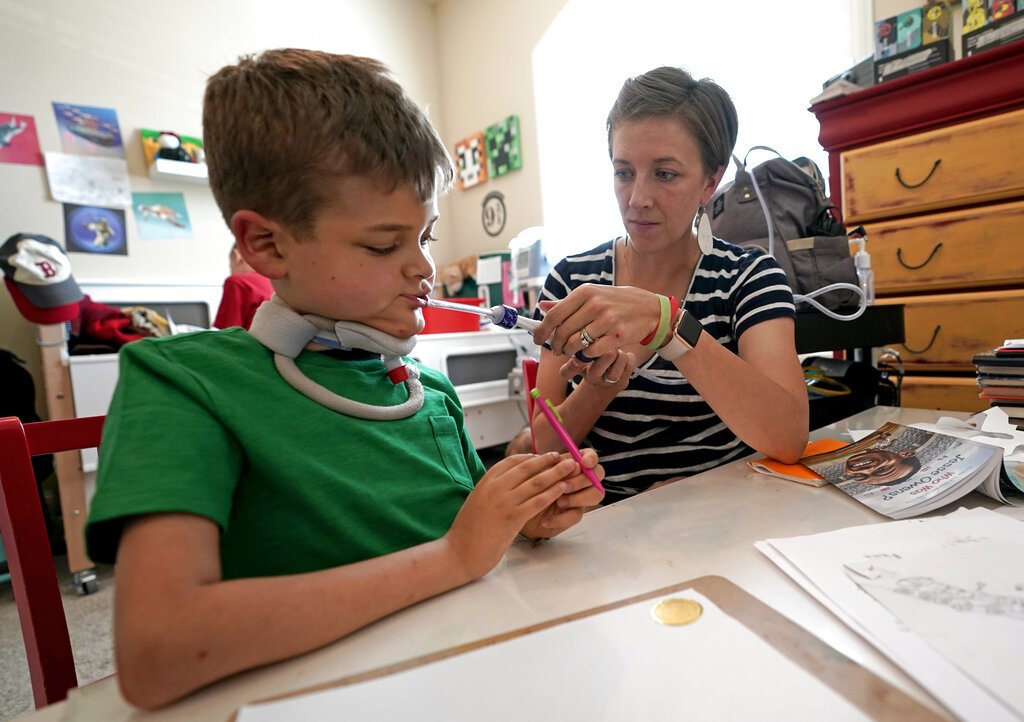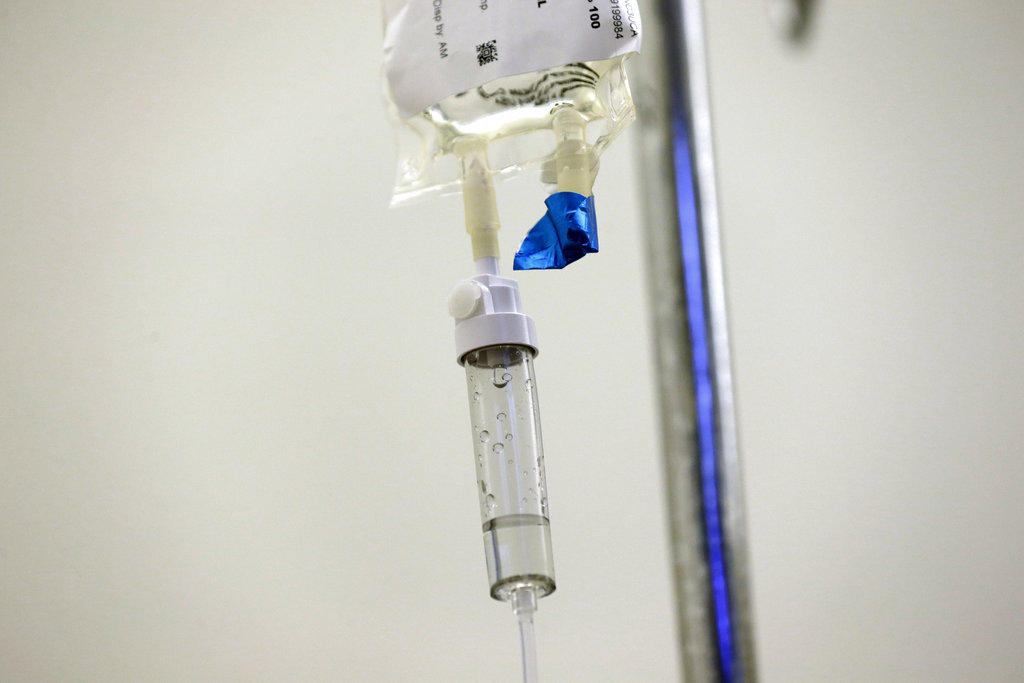By MARILYNN MARCHIONE AP Chief Medical Writer Teens who have obesity surgery lose as much weight as...
health
By LINDSEY TANNER AP Medical Writer CHICAGO (AP) — The number of young kids who went to...
By MIKE STOBBE AP Medical Writer NEW YORK (AP) — One morning last fall, 4-year-old Joey Wilcox...
By MIKE STOBBE, AP Medical Writer NEW YORK (AP) — The U.S. cancer death rate has hit a...
By CARLA K. JOHNSON, AP Medical Writer SEATTLE (AP) — High school students are getting more sleep in...






